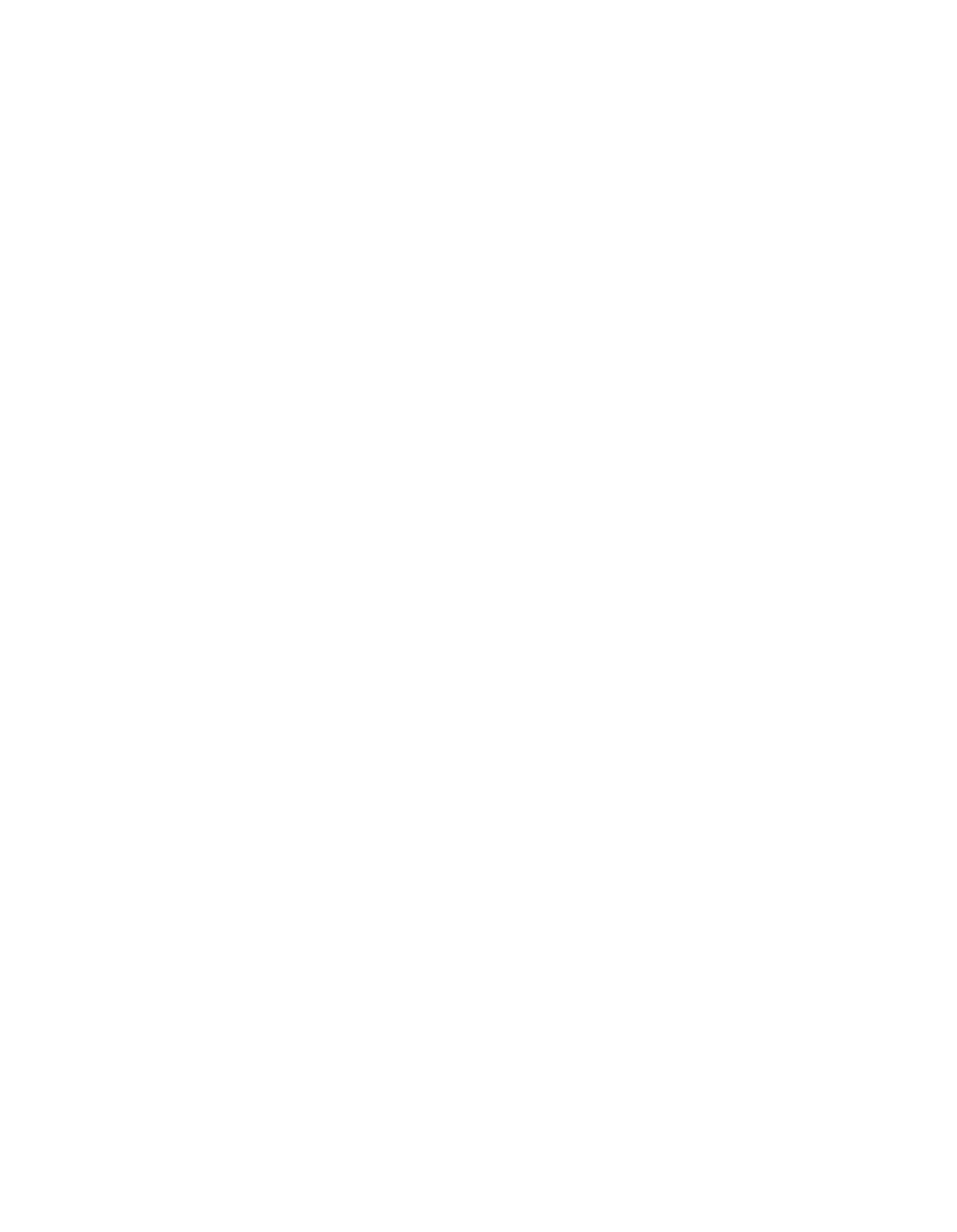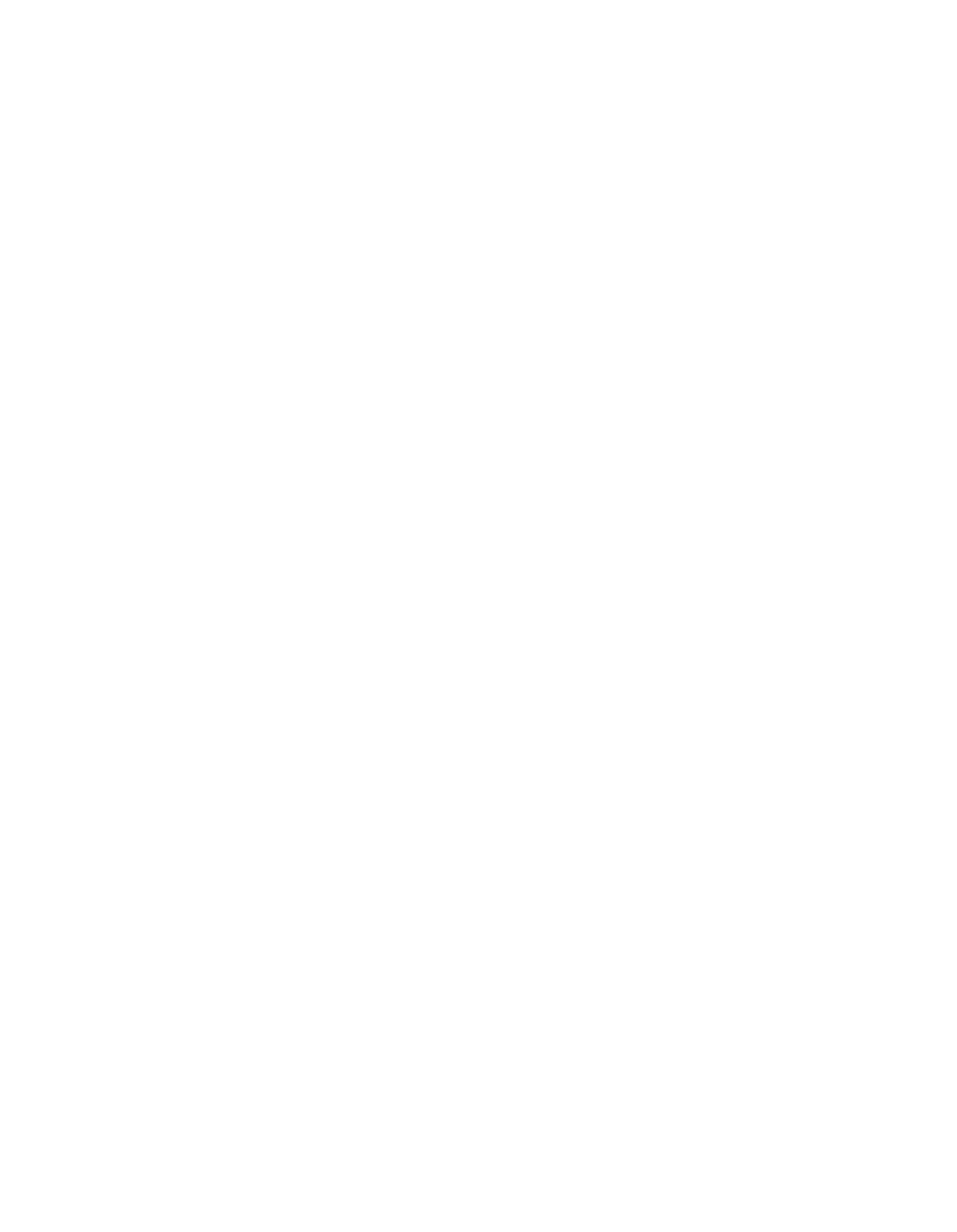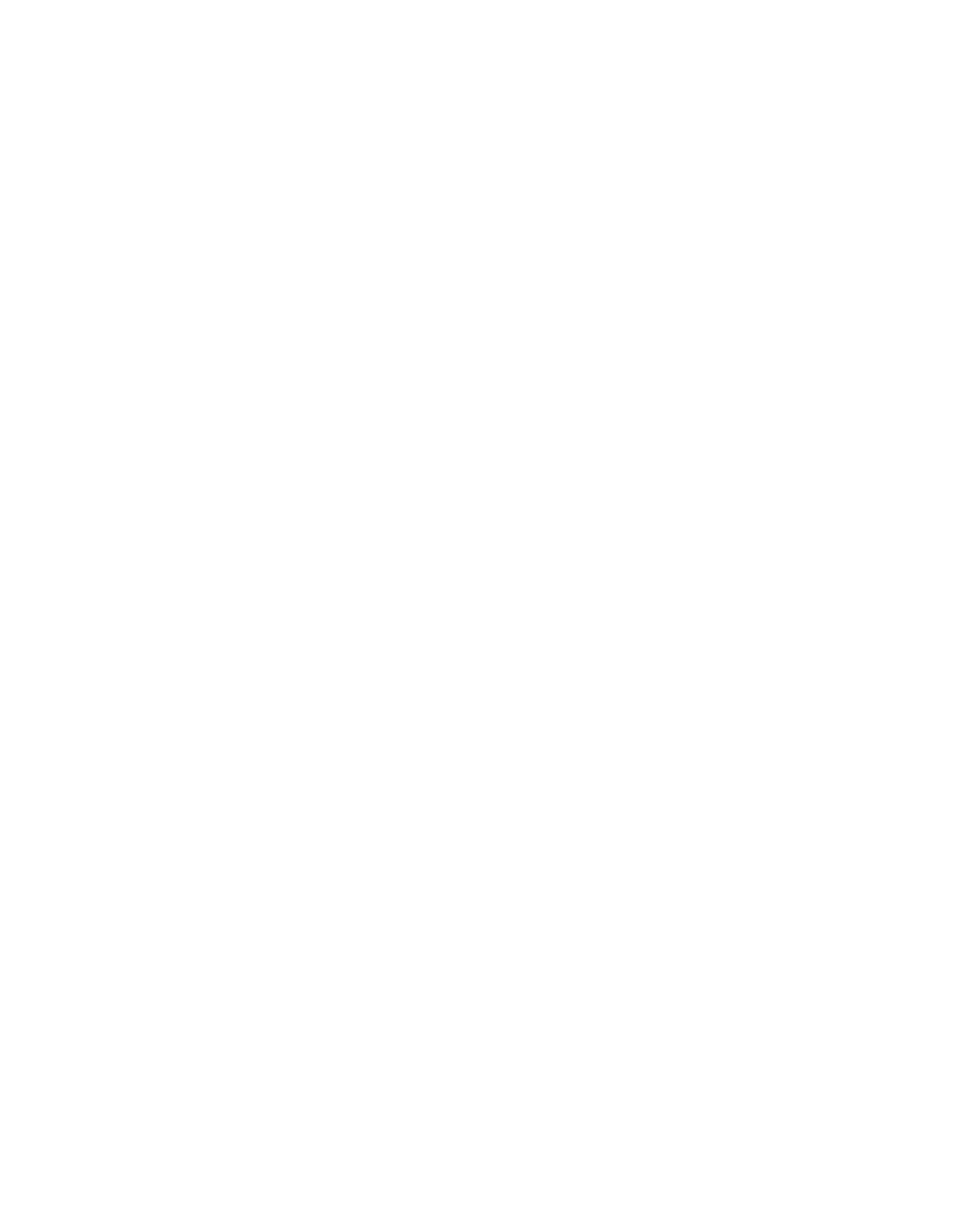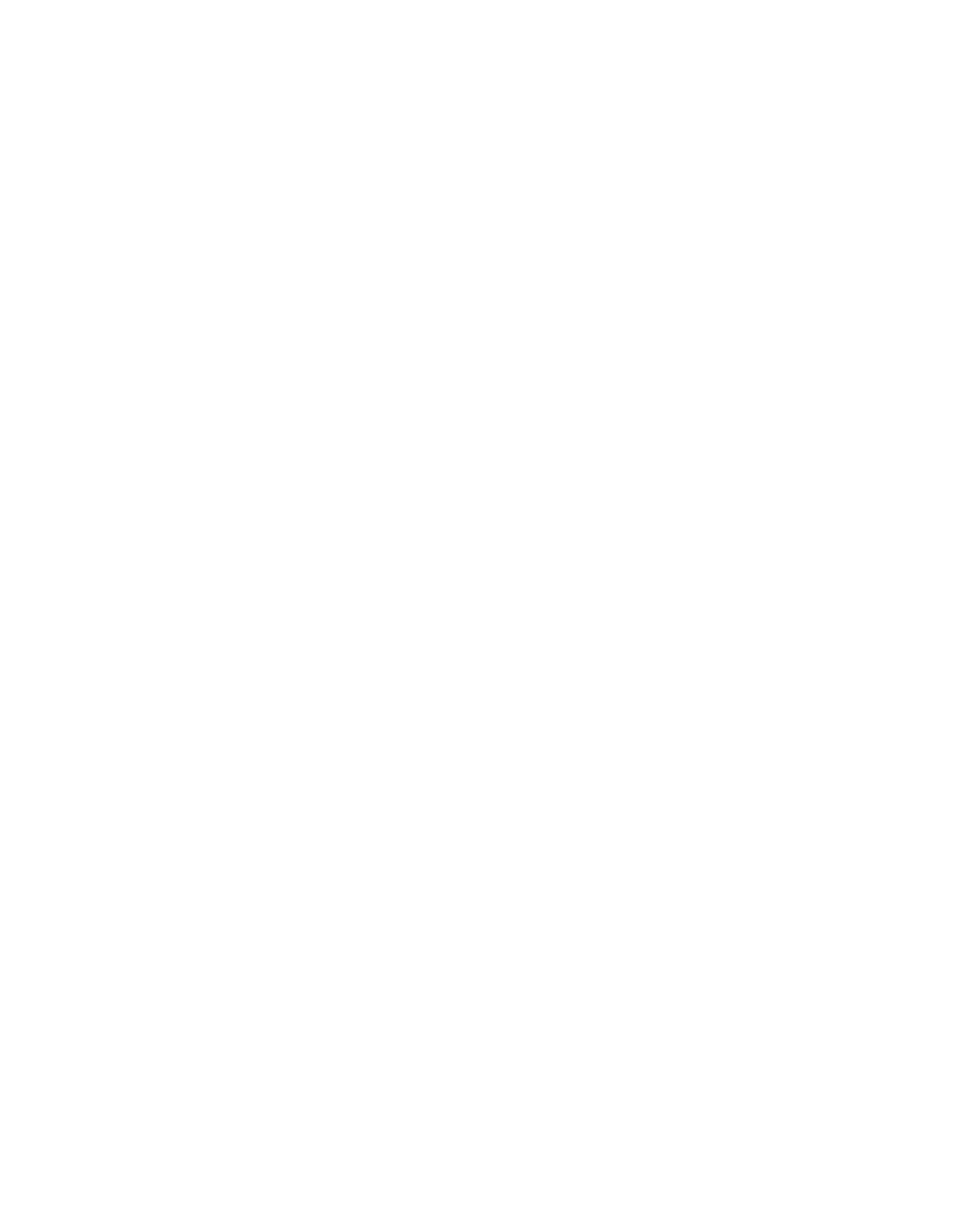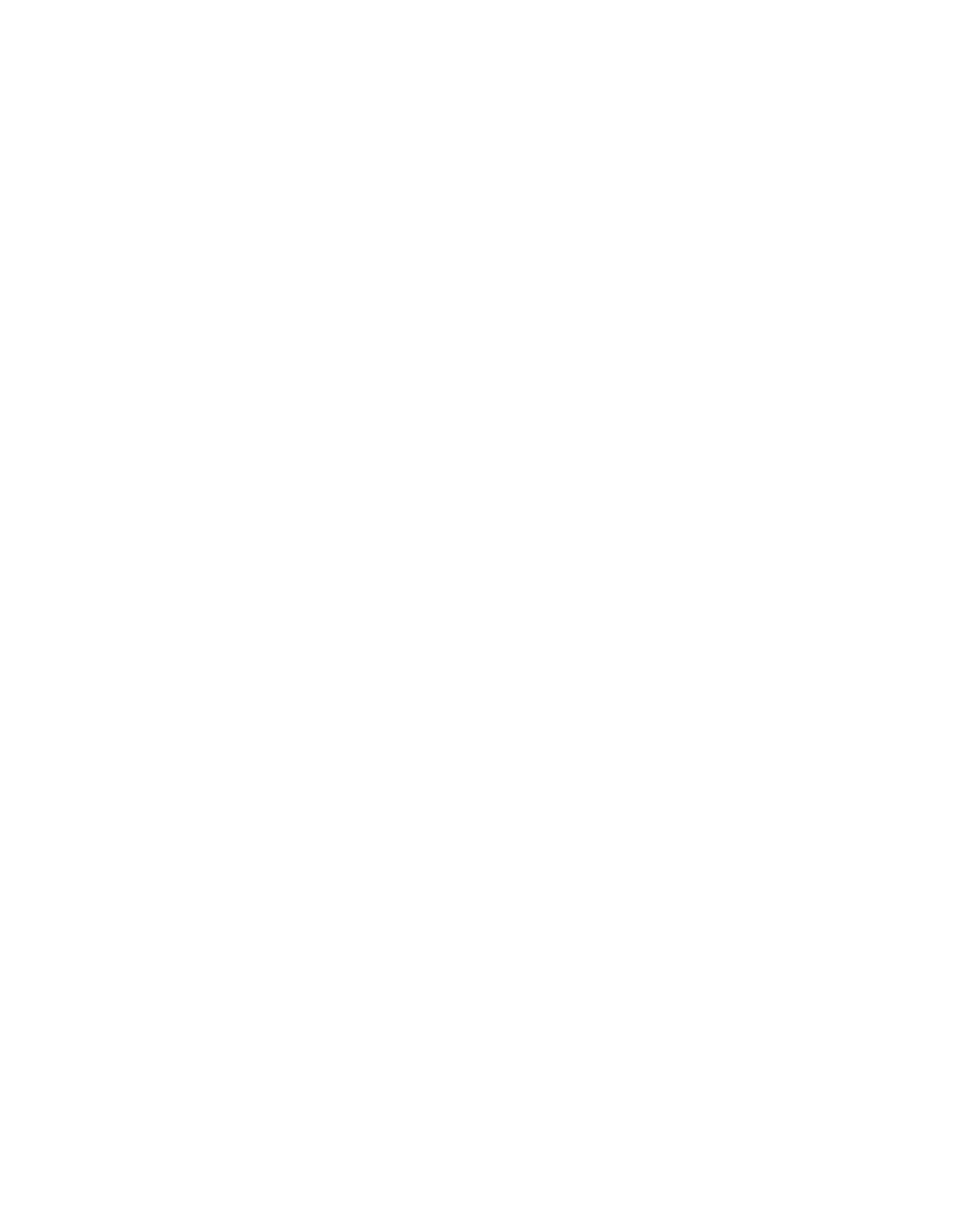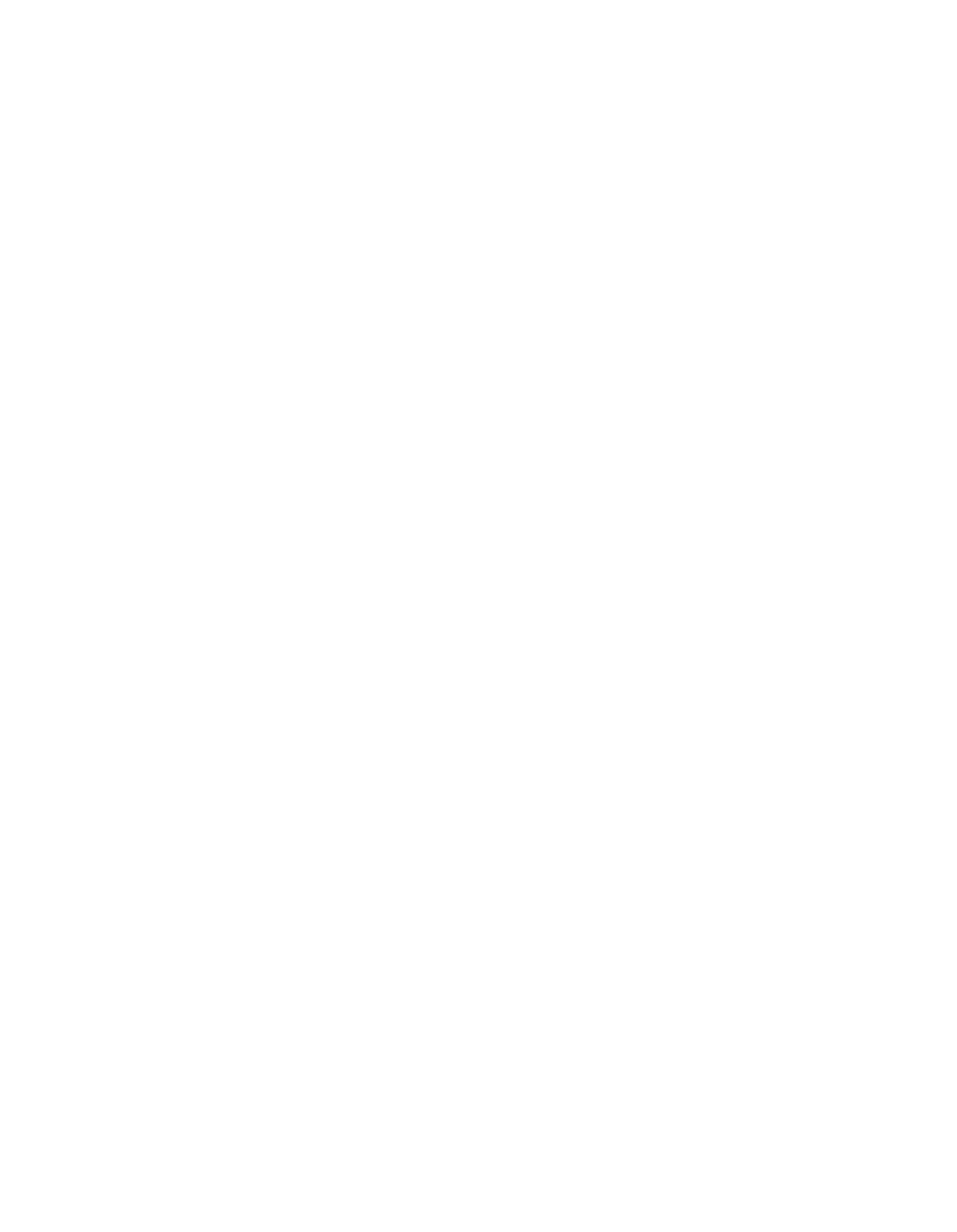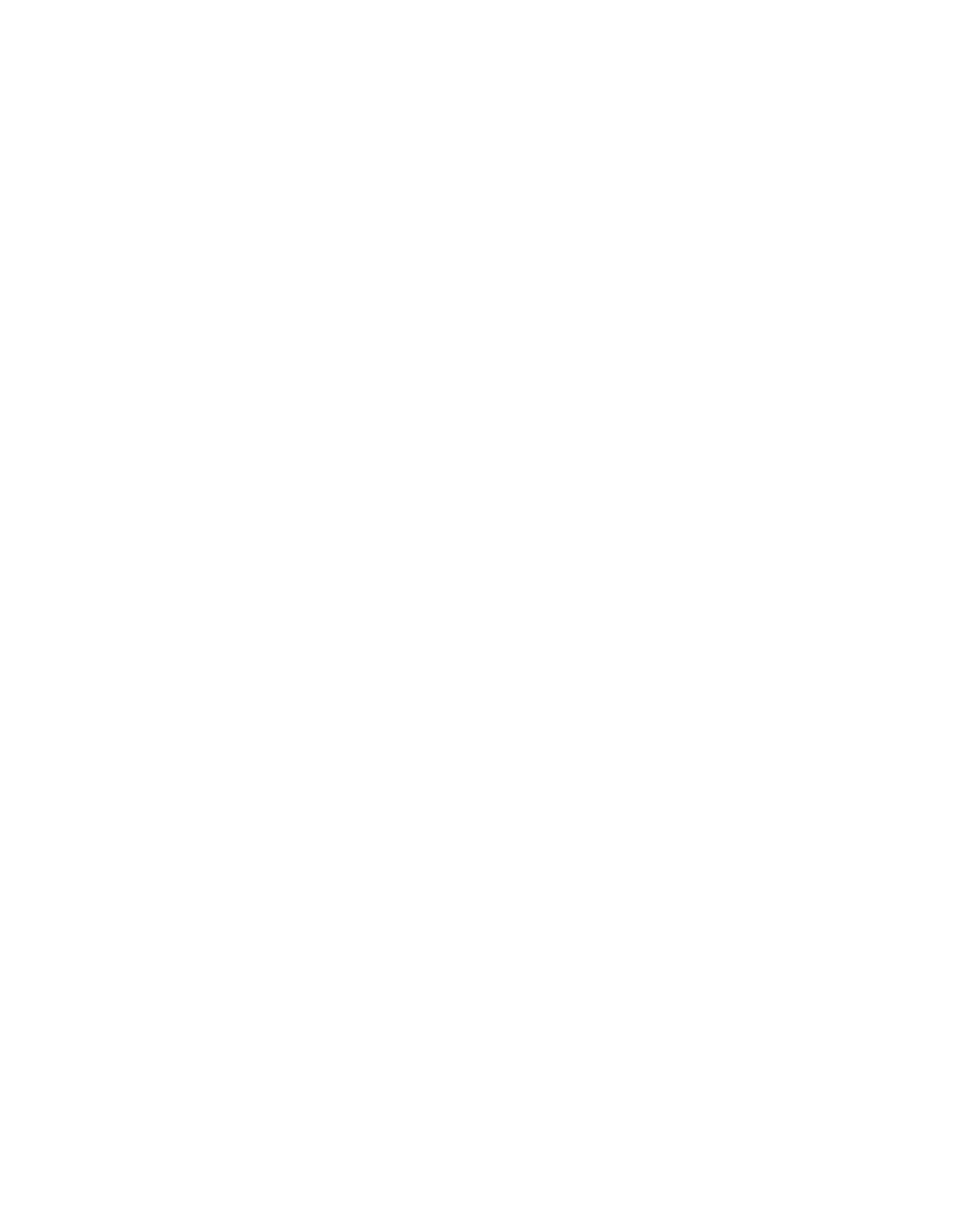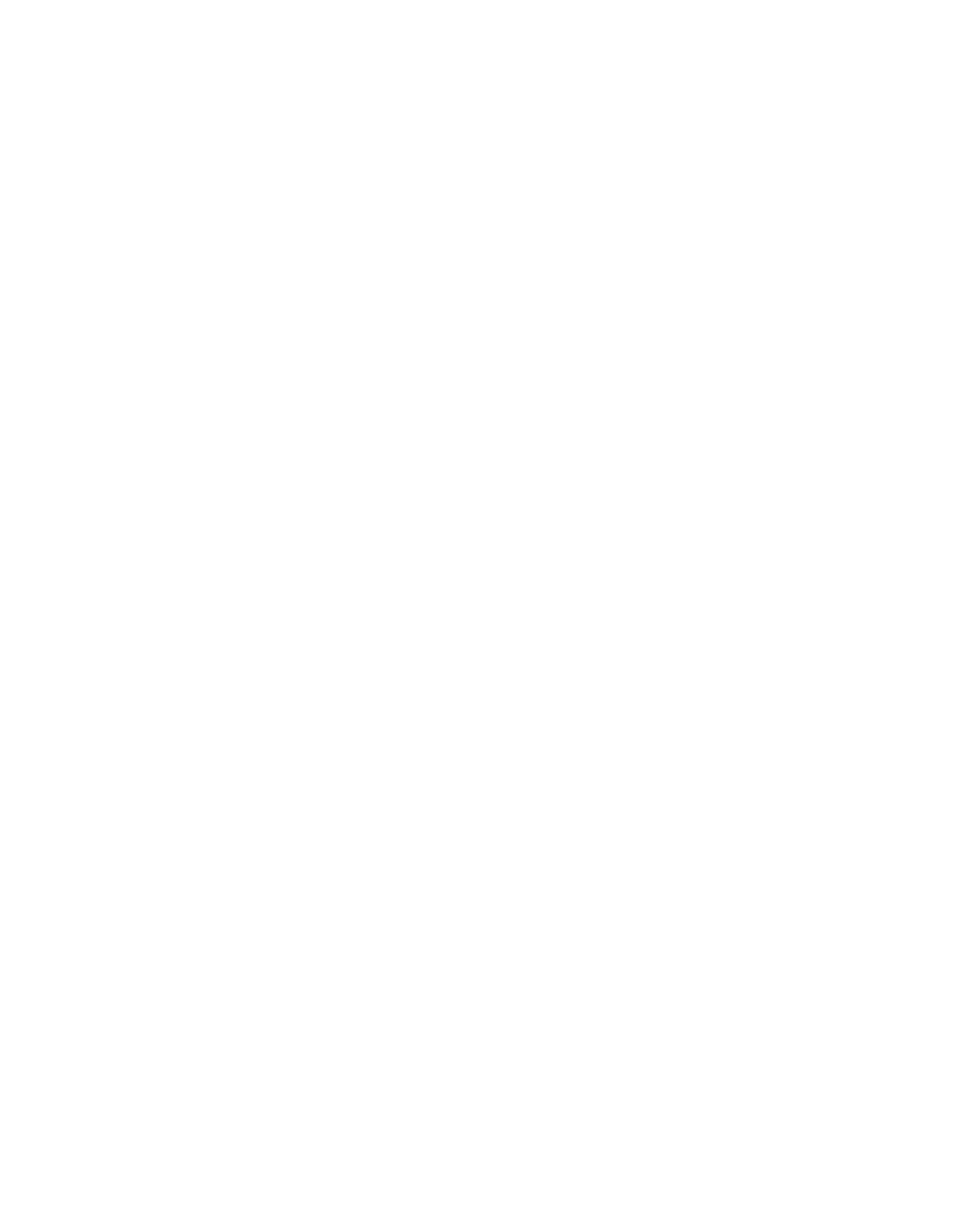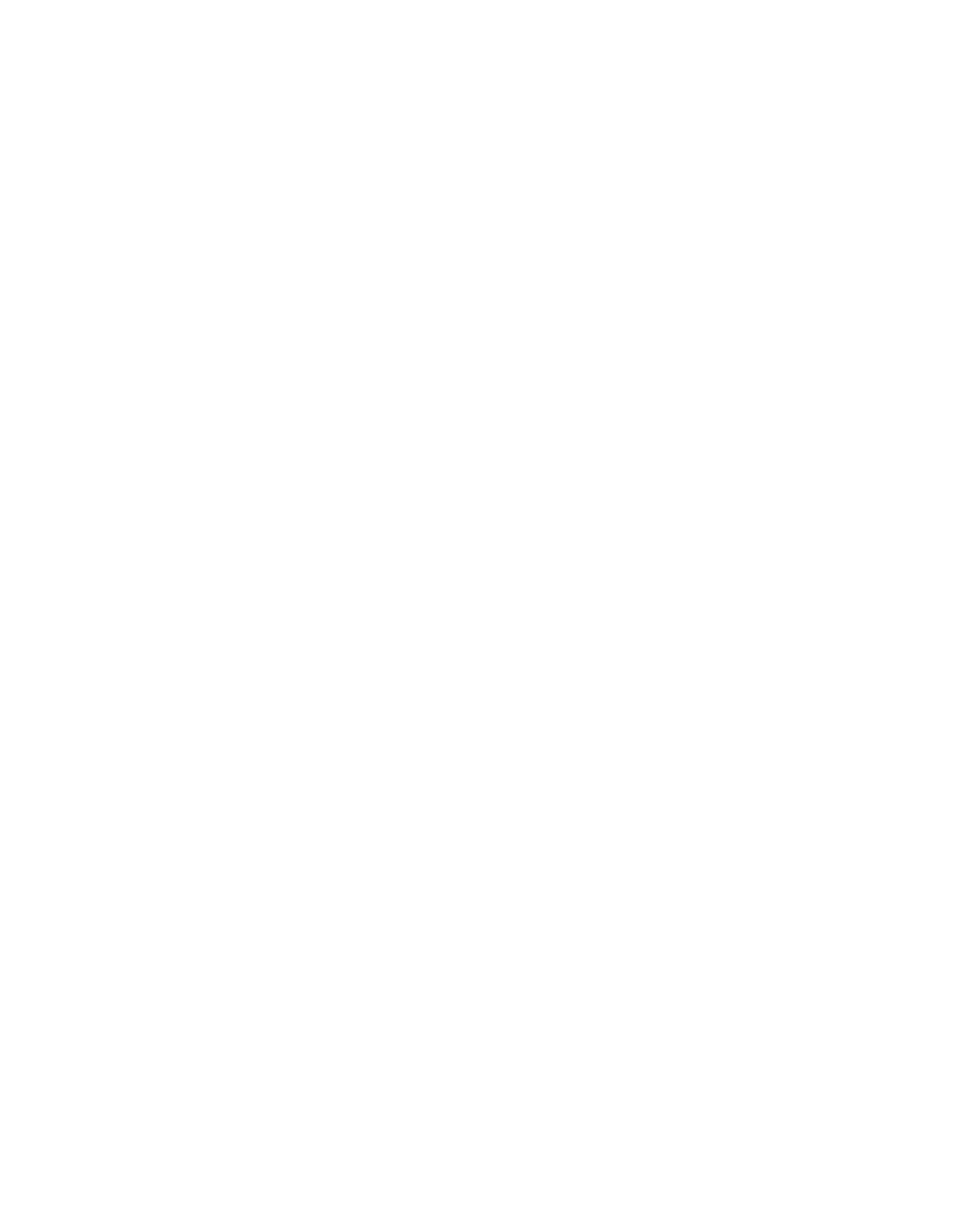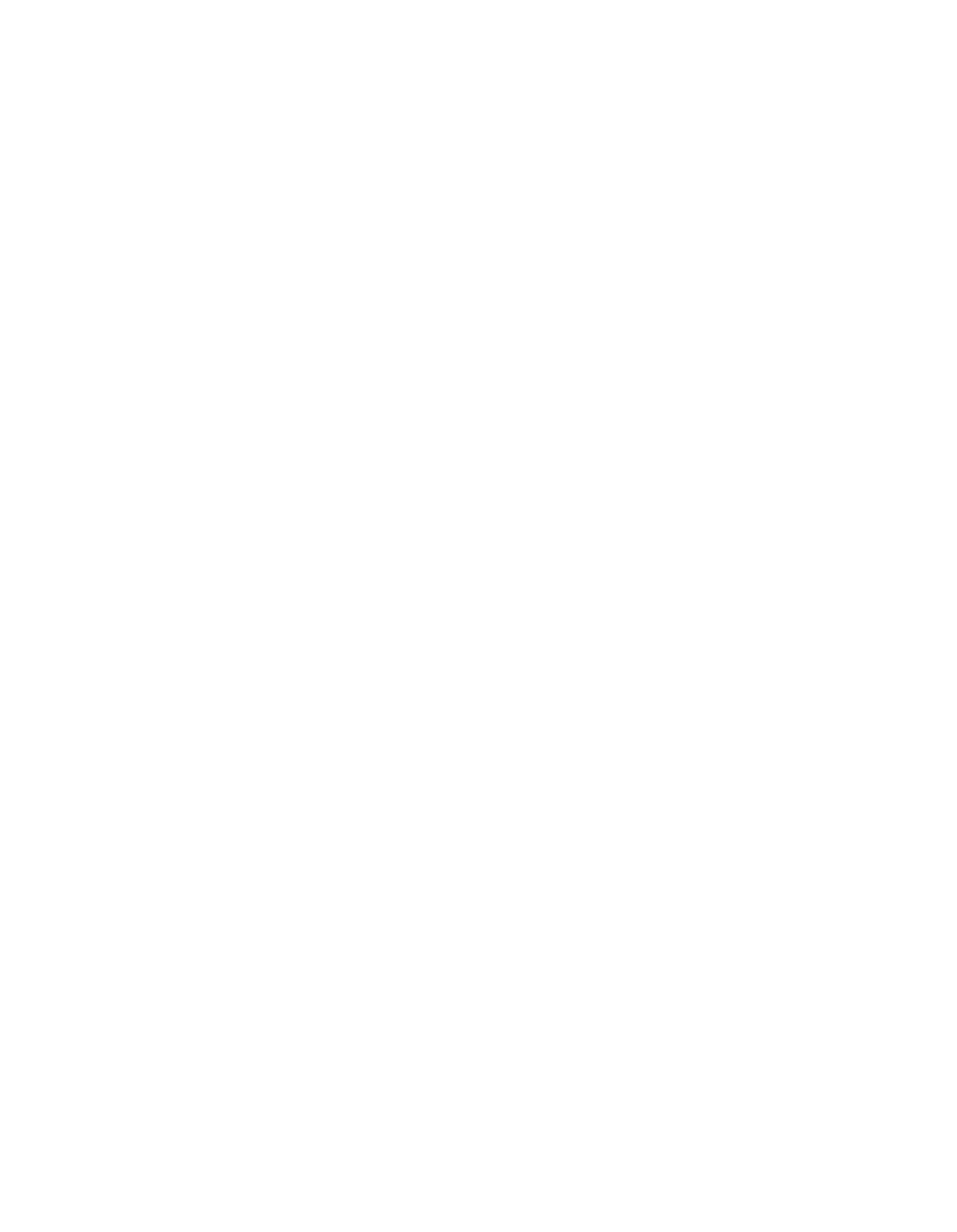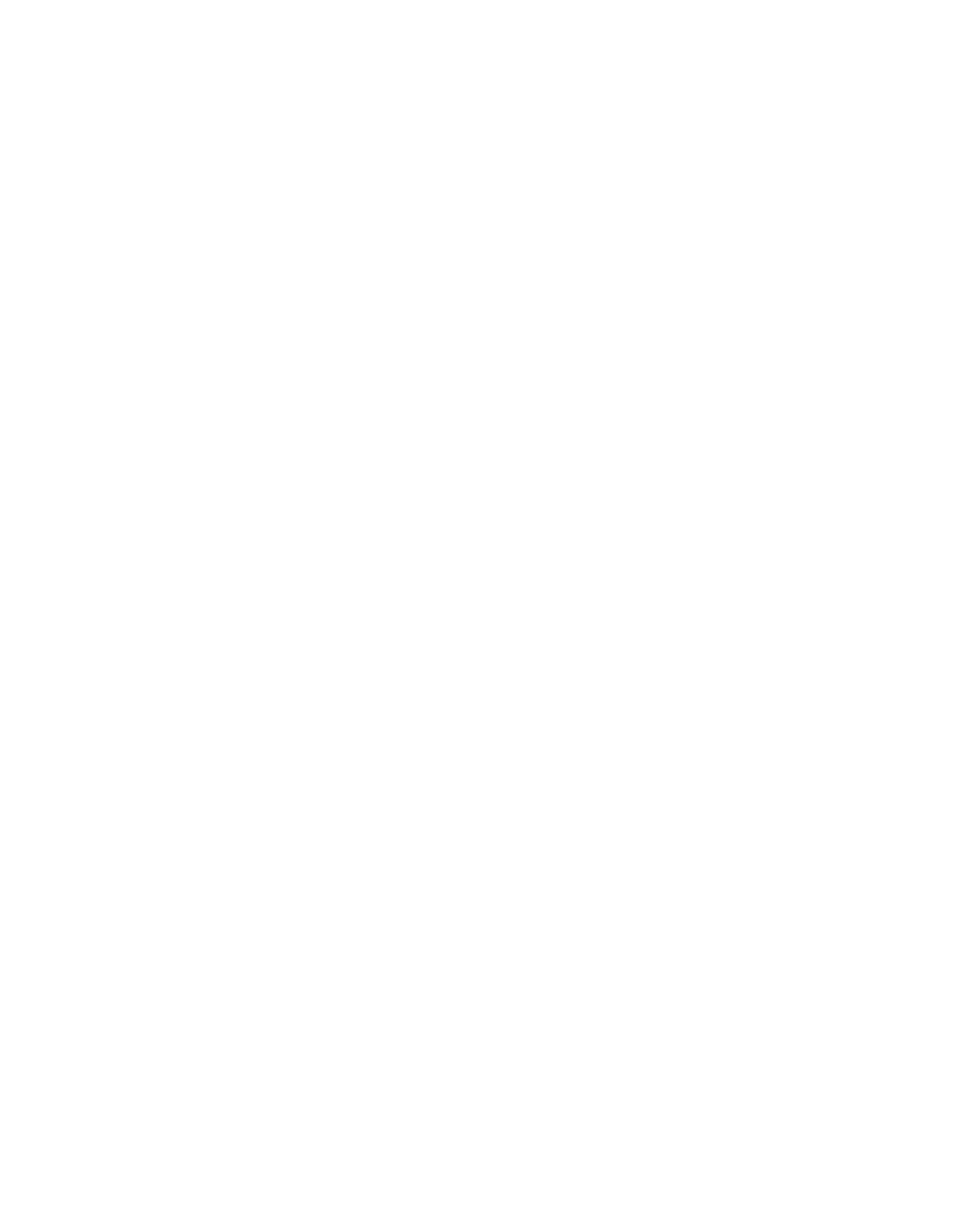ILLINOIS POLLUTION CONTROL BOARD
September- 13, 1990
IN THE MATTER OF:
SAFE DRINKING WATER ACT
)
R90-21
CORRECTIONS
)
(Rulemaking)
PROPOSAL FOR PUBLIC COMMENT
PROPOSED OPINION AND ORDER OF THE BOARD (by J. Anderson):
On August 9, 1990, the Board enter-ed a final Opinion and Order- in R88—26,
which involved adoption of regulations which are identical in substance to
USEPA regulations implementing the Safe Drinking Water Act (SDWA). The Board
will utilize this Docket to make needed corrections to the regulations adopted
in R88-26. The Board will receive public comment on this Proposal until 45
days after the date of publication in the Illinois Register.
Section 17.5 of the Act provides for quick adoption of regulations which
are “identical in substance” to federal regulations; Section 17.5 provides
that Title VII of the Act and Section 5 of the Illinois Administrative
Procedure Act (APA) shall not apply. Because this rulemaking is not subject
to Section 5 of the APA, it is not subject to first notice or to second notice
review by the Joint Committee on Administrative Rules (JCAR).
The SDWA program was drawn from 40 CFR 141, 142 and 143 (1989).
The Board is aware of two areas in the R88-26 Order which may require
correction. First, on August 6, 1990, the Environmental Protection Agency
(Agency) filed a supplemental post—adoption comment, which included the text
of the materials it asked to be incorporated by reference in its July 20,
1990, comment. (PC 14 in R88-26) The August 6 comment did not arrive in time
to be reviewed in advance of the August 9 meeting. However, it will be
necessary to revise the titles of the incorporations by reference to conform
with the actual titles in the documents.
Second, on September 2, 1990, the Board received a request from Access
Analytical Systems, Inc. (Access) for inclusion of the “MHO-N1UG~ or “Colilert”
methods for bacterial analysis. As was discussed on page 47 of the August 9,
1990, Opinion in R88-26, these were omitted since 40 CFR 141.21(f) references
only journal articles which do not actually set forth the methods. Access has
provided supplemental materials which actually describe the methods.
The Board will make the August 6, 1990, Agency comment in R88—26 PC 2 in
this Docket, and the September 2, 1990, Access coment PC 1. Also, on
September 12, 1990, the Board received a letter from the Agency requesting
inclusion of the
MMO-MUG
test. (PC 3)
PROCEDURAL HISTORY OF R88-26 and R9O-4
115—57
—2—
The SDWA rules were recently adopted in Docket R88-26. The Board entered
a Proposed Opinion and Order on October 5, 1989. The proposal appeared on
December 1, 1989, at 13 Ill. Reg. 18690. Following the public comment period,
the Board adopted a “Final” Opinion and Order on May 24, 1990. The Board then
allowed a post—adoption coment period. On August 9, 1990, the Board withdrew
the May 24 Opinion and Order, and substituted a new Opinion and Order. The
final rules will appear in the Illinois Register in the near future.
In R88—26 the Board adopted regulations to correspond with USEPA rules
adopted through June 30, 1989. The Board reserved Docket R9O-4 to update the
rules through December 31, 1989. However, on June 21, 1990, the Board
dismissed R90—4, after determining that the USEPA amendments affected only
language which was not to be adopted in R88-26.
APA
AND
INCORPORATIONS BY REFERENCE
The rulemaking concerns mainly mainly ‘incorporations by reference”. In
Part 611 these are mainly references to analytical methods published by a
variety of sources. The Illinois Administrative Procedure Act (APA), and
derived regulations, restrict the use of such references in rules. (Ill. Rev.
Stat. 1989, ch. 127, par. 1006.02) An Illinois agency may incorporate such
standards or guidelines into a rule without publishing the standard or
guideline in full if:
1. The standard is from a federal agency or a nationally recognized
organi zati on.
2. The rule contains the address of the agency or organization for
purposes of ordering the standard.
3. The agency or organization makes copies readily available to the
public.
4. The rule includes the date of the standard.
5.
The rule states that it does not include later editions or
amendments.
6.
The agency maintains a copy of the standard in its files for
public
inspection and copying.
Incorporations by reference have been a major issue in several identical
in substance rulemakings, including the underground storage tank program
adopted in R88—27 (April 27, 1989; 13 Ill. Reg. 9519, effective June 12,
1989.
Section 7.2(a)(4) authorizes the Board to incorporate USEPA rules by
reference where it is possible to do so without causing confusion. to the
public. Section 7.2(a)(4) concerns “normal’ incorporations by reference, in
which the Board references a USEPA rule rather than adopting the verbatim
text. “Normal” incorporations are usually placed at the appropriate point in
the verbatim text. Section 611.102 concerns “abnormal” ir,corporations by
reference. These mainly consist of technical documents which are
referenced
11’~—58
in the body of the verbatim text. ‘Abnormal’ incorporatior’s also include
USEPA rules which are referenced in the verbatim text, but which are not a
part of the program the Board is supposed to adopt. For example, in the
drinking water rules, !JSEPA may cite to analytical standards for wastewater.
The APA requirements on incorporation by reference are “enforced” by way
of JCAR ‘eview of the documents during the first and second notice periods
pursuant to Section 5 of the APA. Because Section 17.5 of the Act provides
that Section 5 of the APA does rot apply to identical in substance rulemaking,
the Board is not required to obtain JCAR prior approval of these documents.
However, Section 17.5 does not include a specific exemption from the APA
limitations on incorporation by refererce.
There is a potential conflict between the
requirements
of the APA and the
identical
in substance mandate if
a USEPA rule cites to a document which the
APA prohibits.
In such a situation
the
Board balances the requirements of the
APA and the Act. The Board
considers: whether the
reference is really
necessary to the identical in substance
program; whether the APA violation
amounts to a due process question;
and,
whether- there are alternative ways,
such
dS
setting forth the substance of the standard in
the rule.
tt’iO-MUG TEST
40 CER 141.21(f)(3)(iv) allows the
use of the
“MMO—IIUG test” (“minimal
medium ortho-nitrophenyl—beta-d—galactopyranoside
- 4-methyl—umbelliferyl-
beta-d-glucuronide test”) or “Autoanalysis
Colilert System” as a method for
total coliform analysis. The corresponding Board rule is
35 Ill. Adm. Code
611.526. USEPA cites to a series of journal articles for these methods. The
initial problem was that the APA authorizes incorporation by reference of
“standards or guidelines”, but not journal articles. This
was
discussed
in
the R88—26 Proposed Opinion as follows:
The fifth category is journal articles. These relate
to two articles concerning P-A Coliform tests in the
AWWA journal “Applied and Environmental
Microbiology”. The
APA
definitely does not authorize
incorporation
by reference of journal articles.
Hopefully the contents of these will be in the 17th
Edition of Standard Methods. If not, the Agency and
USEPA will need to obtain permission from the
authors
and publisher to reprint the articles in the rules.
(R88-26 Proposed Opinion, October 5, 1989, p. 13)
The Board received no
response whatsoever to this issue in the Proposed
Opinion.
(See PC 5 in R88—26, items 25 through 27) The Board therefore
undertook to find the journal articles and attempt to obtain permission from
the publisher. This led to several discoveries: First, the the journal is in
fact published by the American Society for Microbiology (ASM), rather than
AWWA as implied in the USEPA rule. Second, al though the journal articles
discuss the “MMO—MUG’ test, they do not tell a person how
to perform
the
test. Therefore, in the May 24, 1990, Opinion and Or-dc—, the Board dropped
this method from the
~~U1CS.
The
discussion
was as follows:
115—59
-4-
The fifth category is Journal articles. These
relate to two articles concerning Coliform tests in
the ASM
journal “Applied and Environmental
~icrobiology”.These are referenced in 40 CF~
141.21(f) (Section 611.526). The API\ does
rot
uothoni ze incorporation by reference of
journal
irticles. In the Proposed Opinion, the Board
u~pressedhope that the contents of these
will ~e in
the
17th Edition of Standard Methods.
They do not
~ppearto be present. The Board indicated tnat if
standard methods were not available, the Agercy or
USEPA
would need to obtain permission from the authors
c~fld
publisher to reprint the articles in the rules.
one obtained permission.
These journal articles are reporting the results
field trials of
new
methods. The articles do not
iude the details of the
methods themselves, such
~t a person read the articles and carry out the
ethod. As such, they are not “standards or
~uidelines” which can be incorporated pursuant to
~ection 6.02(a) of the APA.
The USEPA rule indicates that these journal
~rtjclesare available from the AWWA. The Board
called AWWA. They had never heard of them. The
jou-nal is in fact published by the American Society
for
Microbiology, ASM Publications Department, 1913 1
~t.,N.W., Washington, D.C. 20006 (202) 833-9680.
They make reprints available, but in minimum orders of
100 copies.
54 Fed. Peg. 29998, July 17, 1989, appears to be
~:he only USEPA action during the first update period
or these rules. (July 1 through December 31,
1989.) This adds to this reference additional journal
~rticles,which suffer the sane flaws. The Board
requests clarification of th~agencies’ position
(luring the final comment period. (P88—26 Opinion of
May 24, 1990, p. 30)
The Bou~d
received no response whatsoever to this issue during the post—
adoption coinent period. (See PC
14 in P88—26, p. 18
—
21, 47)
Or’ August 9,
1990, the 3o~cc therefore adopted the rules without
reference
to the TO-MUG
test. (kUd-US Opinion of August 9, 1990, p. 47)
As is discussed in the final paragraph of the above quotation, on July
17, 1989, 1JSEPA added additional journal articles discussing the lIMO—MUG
test. TIii.s was the only USEPA action during the July 1
-
December 31, 1989
update pe-~~o.On June 21, 1990, the Board dismissed P90-4, after determining
that the jou~nai articles would not appear in the Board rules in the first
place. The
hoard received no comment whatsoever on P90-4.
115—60
r
Following
the final adoption
of P83—26, the Board
was contacted by
Access. The t~~10-NIUGtest is a pro~ietary method in which
Access sells tubes
containing the a culture medium and the “Colilert reagent”. Coliform bacteria
metabolize the ortho—nitrophenyl-beta—d-galactopyranosiie, freeing o—nitro—
phenol, which
is detected through color- change.
Access has provided the Board with a
number
of documents describing the
test. As noted above, the journal articles cited by USEPA discuss the MMO—MUG
test, but do not describe it. Rather, they start with the assumption that tne
reader is already familiar with the test itself. Access has also provided an
article describing the test, entitled “Rapid specific environmental coliform
monitoring”, by S. Stratman, American Laboratory, July, 1983. Howeve, this
is still a journal article. The better reference appears to be the
instruction sheet
which Access provides with the culture medium
and reagent.
Although the instruction sheet has the format of a “standard or
guideline”,
it comes from a private company. However, in view of USEPA’s
incorporation by reference of this method, the Board will accept Access as a
“nationally recognized organization.” for purposes of this identical in
substance rulemaking.
There are two types of colilert test: a presence absence (P/A) test and
a most probable number (MPH) test. The latter actually exists in at least
three variations. All appear to be encompassed within the USEPA references.
A possible conflict exists between 40 CFR 141 and the colilert methods.
While the former requires sample collection in accordance with the 16th
Edition of Standard Methods, the latter requires the 17th Edition.
As discussed above, USEPA added additional references to the MMO-MUG test
in the July 17, 1989, Federal Registe—. However, these amendments appear to
amend USEPA language which had been repealed on June 29, 1990. Since the
repealed language does not appear in the Board rules, there is no place to
insert these additional references. The Board has therefore proposed no
changes in response to the July 17, 1989, USEPA amendments, but solicits
comen t.
OTHER INCORPORATION BY REFERENCE QUESTIONS
In PC 14 in. P88-26, the Agency indicated that certain out-of-date
analytical methods had to be referenced in Part 611. Or August 6, 1990, the
Agency provided the Board with a collection of many of the methods it wanted
referenced, hut this was not received in time to aid in preparing the Order in
R88—26. The Board attempted to follow the Agency’s
reconinended Methods, but
many of the references were inaccurate or incomplete, since the Board did not
yet have the documents in front of it at the time the Order was drafted.
The Board has below corrected and completed the references to correspond
with the documents received from the Agency. The follo~irg items referenced
in P88—26 are still missing:
AST~-1 (lethod 0992-71
611.6O6(g)(1)(B)
115—6 1
—6-
ASTII Method 01688—340
611.606(rn)(.
Standard Methods, 13th Edition:
Methods 302, 303, 304, 305 and 306
611.720(a)(2)
Standard Methods, 14th Edition:
Methods 4OaA
and 3(4)
611.6O6)a)~2):B)
Methods 419C and B
6i1.6O6(q~(2(3)
Method 605
611.606(g)(?)(C)
Standard iethuds, 16th Edition:
Metiod 43A and C
611.6O6(j—.~
A)
Methods 408C, 0, E and F
611.531(e)
Method 412D
611.6O6(~)~)
Methods 413 B and E
6ii.606(j)(2)
Method 908D
611.531(a) and (b)
Method 909C
611.531(a)
The Board has left these in the proposal
on the assumption that copies
will be forthcoming from the Agency. However, the Board emphasizes that,
unless it receives copies of these documents, the documents and analytical
~nethodswill be deleted from the rules.
SECTION-BY—SECTION DISCUSSION
Section 611.102
This is the incorporations by reference Section. it include~ the
comp~ete “library-type” reference to the documents
which are
used in
subsequent Sections.
As is discussed
in general above, the Board
has added a defirition of
‘MMO—TIUG
test”, the term which will be used in che rules. The
tert
is
avai 1 able from Access, whose address and phone number are
r’Ov,’
tile Ii
~st entry
in subsection (b).
Most
of
the
ASTM
and Standard Methods references have
beer ore~Jedto
colforci with the numbers and titles in toe documents submi ttec by the
Agency. The Board
has
proposed to delete ASTI
Methods D1367, D112G and
D1293. These were used in the corrosivity monitoring in Proposed Sections
611.621 et seq. in the R88—26 Proposal. Corrosivity monitoring was dropped,
as was discussed on page 92 of the August 9, 1990 Opinion in R33—25. In that
tnis appears to have been the only use made of these references, the Board has
115—62
7
proposed to delete them.
The Board has proposed to delete the reference to Standard Methods, 16th
Edition, Method 912K. As was discussed on page 62 of the August 9, 1990,
Opinion in R88-26, this reference was used in the draft Guidance Manual for
the determination of “groundwater under the direct influence of surface
water”, which is reflected in Section 611.212. However, in that the reference
was dropped from the final version of the Guidance Manual, the Board dropped
it from Section 611.212. In that this appears to be the only use of Method
912K, the Board has proposed do delete it from the incorporation by reference
Section.
Section 611.526
To this Section is added the reference to the t1MO—MUG
test discussed
above.
Section 611.606
In subsection (a), the reference to “ASTM 2972” has been modified to
“ASTM 2972A or B”, to conform with the Agercy documentation.
Section 611.610
In subsection (d), Standard Methods, 14th Edition, “Method 3258” has been
modified to “Method 320 and 32OA” to conform with the Agency documentation.
Section 611.720
In subsection (b)(1), “NTIS” has been specified as the source of
“Procedures for Radiochemical Analysis...”, to conform with Section 611.102.
ORDER
The Board proposes to amend 35 Ill. Adm. Code
611 to read as follows.
The Board will receive written public comment for a period of 45 days after
the date of publication in the Illinois Register.
TITLE 35: ENVIRONMENTAL PROTECTION
SUBTITLE F: PUBLIC WATER SUPPLIES
CHAPTER I:
POLLUTION CONTROL BOARD
PART 611
PRIMARY DRINKING WATER STANDARDS
SUBPART A: GENERAL
Section
611.100
Purpose, Scope and Applicability
611.101
Definitions
611.102
Incorporations by Reference
611.103
Severability
611.108
Delegation to Local Government
611.109
Enforcement
115—63
-8-
611.110
Special Exception Permits
611.111
Section 1415 Variances
611.112
Section 1416 Vdriances
611.113
Alternative Treatment Techniques
611.114
Siting requirements
611.115
Source Water Quality
611.120
Effective dates
611.121
Maximum Contaminant Level s
611.125
Fluoridation
Requirement
611.126
P-ohibition on Use of Lead
SUBPART B: FILTRATION AND
DISINFECTIOIU
Secti on
611.201
Requiring a Demonstation
511.202
Procedurea for Agency Determinations
611.211
Filtration Required
611.2J2
Groundwater under Direct Influence of Surface Water.
611.213
No Method of HPC Analysis
611.220
General Requirements
611.230
Filtration Effective Dates
611.231
Source Water Quality Conditions
611.232
Site—specific Conditions
611.233
Treatment Technique Violations
611.240
Disinfection
611.241
Unfiltered PWSs
611.242
Filtered PWSs
611.250
Filtration
611.261
Unfiltered PWSs: Reporting and Recordkeeping
611.262
Filtered PUSs:
Reporting and Recordkeeping
611.271
Protection during Repair Work
611.272
Disinfection following Repair-
SUBPART C:
USE OF NON-CENTRALIZED TREATMENT DEVICES
Secti
on
611.280
Point-of-Entry Devices
611.290
Use of other Non—centralized Treatment Devices
SUBPART F:
MAXIMUM CONTAMINANT LEVELS (MCL ‘s)
Section
611.300
irorganic Chemicals
611.310
Organic Chemicals
611.311
VOCs
611.320
Turbidity
611.325
Microbiological Contaminants
611.330
Radium and Gross Alpha Particle Activity
611.331
Beta Particle and Photon Radioactivity
SUBPART K:
GENERAL MONI TURING AND ANALYTI CAL REQUI REMENTS
Section
611.480
Alternative Analytical Techniques
611.490
Certified Laboratories
611.491
Laboratory Testing Equipment
611.500
Consecutive PWSs
115—64
—9-
SUBPART L:
MICROBIOLOGICAL MONITORING AND ANALYTICAL REQUIREMENTS
Section
611.521
Routine Coliform
Monitoring
611.522
Repeat Coliform Monitoring
611.523
Invalidation of Total Coliform Samples
611.524
Sanitary Surveys
611.525
Fecal Coliform and E. Coli Testing
611.526
Analytical Methodology
611.527
Response to Violation
611.531
Analytical Requirements
611.532
Unfiltered PUSs
611.533
Filtered PWSs
SUBPART H: TURBIDITY MONITORING AND ANALYTICAL REQUIREMENTS
Section
611.560
Turbidity
SUBPART N: INORGANIC MONITORING
AND ANALYTICAL REQUIREMENTS
Section
611.601
Requirements
611.602
Violation of State MCL
611.603
Frequency of State Monitoring
611.606
Analytical Methods
611.607
Fluoride Monitoring
611.610
Special Monitoring for Sodium
SUBPART 0: ORGANIC MONITORING AND ANALYTICAL REQUIREMENTS
Section
611.641
Sampling and Analytical Requirements
611.645 .
Analytical Methods
611.648
Sampling for VOCs
611.650
Monitoring for 36 Contaminants
611.657
Analytical Methods for 36 Contaminants
SUBPART P:
THM MON I TURING AND ANALYTI CAL REQUIREMENTS
Section
611.680
Sampling, Analytical and other Requirements
611.683
Reduced Monitoring Frequency
611.684
Averaging
611.685
Analytical Methods
611.686
Modification to System
SUBPART Q: RADIOLOGICAL MONITORING AND
ANALYTICAL REQUIREMENTS
Section
611.720
Analytical Methods
611.731
Gross Alpha
611.732
Manmade Radioactivity
SUBPART T: REPORTING, PUBLIC NOTiFICATION
AND RECORDKEEPING
Section
611.830
Applicability
611.831
Monthly Operating Report
115—65 /
-10-
611.832
Notice by Agency
611.833
Cross Connection Reporting
611.840
Reporting
611.851
Reporting
MCL
and other- Violations
611.852
Reporting other Violations
611.853
Notice to New Billing Units
611.854
General Content of Public Notice
611.855
Mandatory Health Effects Language
611.856
Fluo~ioeNotice
611.853
Fluoride Secondary Standard
611.860
Record Maintenance
611.870
List of 36 Contaminants
Appendix A
Mandatory Health Effects Information
Appendix B
Percent Inactivation. of G. Lamblia Cysts
Appendic C Common Names of Organic Chemicals
Table A
Total.Coliform Monitoring Frequency
Table B
Fecal or Total Col iforn Density Measurements
Table C
Frequency of RDC Measurement
AUTHORITY: Implementing Sections 17 and 17.5 and authorized by Section 27 of
the Environmental Protection Act (Ill. Rev. Stat. 1989, ch. 111 1/2, par-s.
1317, 1017.5 and 1027.
SOURCE: Adopted in P88—26 at 14 Ill. Peg.
,
effective
amended in P90—21 at 14 Ill. Reg.
,
effective
SUBPART A: GENERAL
Section 611.102 incorporations by Reference
a) Abbreviations. The following abbreviated names are used for
materials incorporated by
reference:
“AEPA—l Polymer”
is available from Advanced Polymer- Systems.
“ASTM” means Amer-i can Soci
ety
for Testing and Materials
“Indigo method” is as described in “Standard Methods”, 17th
Edition, Method 4500-03 B.
“inductively Coupled Plasma Method” means “inductively Coupled
Plasma-Atomic Emission Spectrometric Method for Trace Element
Analysis in Water and Wastes —— Method 200.7, with appendix”
See
40
CFR 136, Appendix C.
‘Inorganic Methods” means “Methods for Chemical Analysis of
Water
and Wastes”, available from NTIS
‘Microbiological Methods” means “Microbiological Methods for
iloni to’~ing the Env i ronment, Water and Wastes”, avail able from
N TI S.
115—66
—ii—
“MMO-MUG Test”
means ‘mi nimal medium ortho-nitrophenyl -beta-d—
galactopyr-anoside — 4—methyl—unbelliferyl—beta—d—glucur-onide
test”, available from Access Analytical Systems, Inc.
“NCRP” means “National Council on Radiation Protection”.
“NTIS” means “National Technical Information Service”.
“Organic Methods” means “Methods for the Determination of
Organic Compounds in Dr-inking Water-”, available from USEPA.
“Pesticide Methods” means “Methods for- Or-ganochlorine Pesticides
and Chloro-phenoxy Acid Herbicides in Dr-inking Water and
Raw
Source Water”, available from USEPA.
“Radiochemical Methods” means “Interim Radiochemical Methodology
for Dr-inking Water”, available from NTIS.
“SPE Test Method” means “Solid Phase Extraction Test Method”,
available from J.T. Baker Chemical Company.
“Standard Methods”, means “Standard Methods for the Examination
of Water and Wastewater”, available from the American Water-works
Associ ati on.
“Technicon Methods” means “Fluoride in Water and Wastewater”,
available from Technicon.
“USGS Method” means “United States Geological Survey Method”
b) The Board incorporates the following publications by reference:
Access Analytical Systems, Inc., 21 Business Park Drive,
Branford, CT 06405 800/321-0207
MIIO-MUG
tests: Colilert P/A or Colilert MPN.
ASTM. American Society for Testing and Materials, 1976 Race
Street, Philadelphia, PA 19103
ASTM Method 0858-88, “Standard Test Methods for Manganese
in Water”, approved August 19, 1988.
ASTM Method D992—71
—ASIW t~4ethe~ 9~—8~~taRdaFd est ~4et~eds~ Aei~44y
eF A~ka~~4~ye~WateF~ appFeve~A~ig~ist~ 1988~-
AS~4~4et~e~
91~2~~86T
~
es~We~hedfeF~4aFdRess4E~
WateF~ap~Feve~A~~st29~
l-988r—
ASTM Method D1179—72A or B “Standard Test Methods for
Fluoride in Water”, approved July 28, 1972, reapproved
115—67
-12-
C
7(
-ASTl~
~1et~e~P~29~-84 ta~~a~Test P4ethe~s
~eF ~k e~
W~eF~ap~~e~e~Qete~eF2?~~9~4~-
PSTU
Method 01428—64, “Standard Test Methods for
Sodium and
PoLass~um in Water
and Water—Formed Deposits by Flame
Hoconetry”, approved August 31, 1964, r-eapproved :977.
.HTM Method D1637—77D, “Standard Test Methods for Chromium
in Uecer”~~~vedFebrua~y18, 1977.
11Th Method D1683-84D or E, “Standard Test Methods for
Co:pe~ in Water”.
Method D1389-88a, “Standard Test Method for Turbidity
~ter”, approved June 24, 1988.
I Method D2459-72, “Standard Test Method for Gamma
ct~ometry in Water-,” 1975, reapproved 1981, discontinued
0S’l Method D29O7—83, “Standard Test Methods for
Mic~oquantities of Uranium in Water- by Fluorometry”,
approved May
27, 1983.
RYM Method D2972—78A or B, “Standard Test Methods fo~
~$;erit in Water”~~y~Au~ust18,i978.
l~3TMMethod D3086-79, “Standard Test Methods for
Hgarochlorine Pesticides
in Water”, approved Novembe’~ 30,
1979.
ASM Method
D3223—79, “Standard Test Method for Total
Mercury
in Water-”, approved November 30, 1979.
AS~V
Method D3478—85, “Standard Test Method for Chlorinated
Pheroxy
Acid Herbicides in Water”, approved November 29,
1935.
ASTM Method D3557-78A or B, “Standard Test Methods for
;admium in Water-”~ roved July 28, 1978.
S M Method D3559—78A or B, “Standard Test Methods for Lead
in Water”, approved July 28, 1978.
AS~M Method 03859-79, “Standard Test Methods for Selenium
ir’ Water”, approved November 30, 1979.
eSM Method D3867—79A or B, “Standard Test Methods for
Ni~rite—Nitrate in Water”, approved November 30, 1979.
American
Waterworks Association et al., 6666
West
Quincy Ave.,
115—68
1-’
Denver, CD 80235
(303) 794-7711
Standard Methods for the Examination of Water- and
Wastewater, 13th Edition, 1971.
Methods 302, 303, 304, 305 and 306
Standard tletnods for- the Examination of Water and
Wastewater,
14th Edition, 1976.
Method—s— 3014 II, —~F~
~VT
V~a~
V~I-—Determination
of Cadmium, etc. by Direct Aspiration into an Air--
Acetylene Flame.
Method 3014 III, Determination of
Low Concentrations
of Cadmium, etc. by Chelation with Amonium
Pyrr-olidine Dithiocar-bamate, and Extraction into
Methyl Isobutyl Ketone
Method 3014 IV, Determination of Aluminum, etc. by
Direct Aspiration into a Nitrous Oxide Acetylene Flame
Method 3O1A VI, Determination of Mercury by Cold Vapor-
(Flameless) Atomic Absorption
Method 3OIA VII, Determination of Arsenic and Selenium
by Conversion to their Hydrides and Aspiration of the
Gas into the Argon-Hydrogen. Flame
Method -~2SB—32Oand 3204, Sodium, Flame Photometric
Method
Method 4044 and 3(4)
Method 4130, Cyanide, Color-imetnic Method
Method 419C and D
Method 5094- a~dB-, Organochlorine Pesticides
(TENTATI
VE)
Method
509B, Chlorinated Phenoxy Acid Herbicides
(TENTATIVE)
Method 605
Standard Methods for the Examination of Water and
Wastewater, 16th Edition, 1985.
Method 434 and C
Method 212, Temperature
115—69
-14-
Method 2144, T’urbidity,
Nephelomet~ic Method--
Nephelometric Turbidity Units
Method—s— 3034— a~ B-, Determination of Artinaj,
etc. by Direct ~
Method 3038,
Deter-mi nation of
Low Concer:rcltars of
Cadmium, ~
Chel
atiorwithThmo~umPyrroH~ine
Dithiocarbaniate ~P~TT~nd ExtracflRy into
M~tr;T
~b~itl~ei3K~
-
Method 304, Deter-mi nation of Micro Quanci tier H
Al uniinuni, etc.
by Electrothermal Atomic Absorpti ~L
Spectrometry
Method 408C, 0, E and F
Method
Method
4108— a~G—, Chlorine Dioxide, Anperome
Method 410C, Chlorine Dioxide, DPD Method (TENT. JE)
Method 412D
Method
413 B and E
Method 423, pH Value
Method 9074, Pour Plate Method
Method 938~T
Fermentati~
99g4~B~ 9 ~
B—, MHtiple lit:
efliue for Members Ot)1i~
Group
Method 908A, Standard Coliform Multiple—Tube
(~iH)
Tests
Method 9088, Application of Tests to Routine
Exami nations
Method 908C, Fecal Col iform
NPN Procedure
Method 9080
Method 908E,
(TEN TATI VE)
Presence-Absence (P-A) Col i for-H: Test
Method 9O9—~ 99AT B a~ G—, Membrane Filter Tecdr’ique
for Members of the Colifor-m
Gro~
Method 9094, Standard Total Col
i form Membrone Fi leer
Procedure
11 5—70
-15-
Method
9098, Delayed Incubation Total Coliform
Procedure
Method 909C,
Fecal Coliform Membrane Filter- Procedure
—~e~hed9~2K—
Standard Methods for the Examination of Water and
Wastewater,
17th
Edition, 1989.
Advanced Polymer Systems,
3696 Haven Avenue, Redwood City, CA
94063 415,’ 366—2626:
AEPA—1 Polymer-. See 40 CFR 141.22(a). Also,
as
referenced
in
ASTM
01839.
ERDA Health and Safety Laboratory, New
York, NY
HASL Procedure Manual, HASL 300, 1973. See 40 CFR
141. 25(b) (2)
J.T. Baker Chemical Company, 22 Red
School Lane, Phillipsbur-g,
NJ 08865:
Solid Phase Extract (SPE) Test Method Number SPE-55O.
See
40 CFR 141.24(e), footnote 6.
NCRP. National Council on Radiation Protection, 7910 Woodmont
Ave., Bethesda, MD (301) 657—2652.
“Maximum Permissible Body Burdens and Maximum Permissible
Concentrations of Radionuclides in Air and in Water- for
Occupational Exposure”, NCRP Report Number- 22, June 5,
1959.
NTIS. National Technical Information Service, 5235 Port Royal
Road, Springfield, VA 22161 (703) 487-4600.
“Methods of
for Chemical Analysis of Water and Wastes”, J.
Kopp and D. McGee, Third Edition, March, 1979. EPA-600/4-
79—020, Doc. No. P884—128677
“Microbiological Methods for Monitoring the Environment:
Water and Wastes”, P. Bodner- and J. Winter, 1978. EPA-
600/8-78-017, Dec. No. P329O—329/LP
“Procedures for- Radiochenical Analysis of Nuclear Reactor
Aqueous Sol utions”, H.L. Krieger and S. Gold, EPA-R4-73—
014, May, 1973, Dec. No. P8222-154/704
Technicon Industrial Systems, Tarrytown, NY 10591
“Fluoride in Water- and Wastewater”, Industrial Method d129—
115—7 1
-
i6_
71W, December, 1972 See 40 CFR 141.23(f)(i0), footnotes 6
and 7.
“Fluoride in Water arc Wastewater”, ~380—75WE,February,
1976. See 40
CFR 141.23(f)(1O), footnotes 6 and 7.
United States Environmental Protection Agency, (202) 382—4359
“The Analysis of Trihalomethanes in Drinking Waters by the
Purge ana Trap Mecnod”, Methoc 501.1. Sec 40 CFR 141,
Subpart C,
Appendix C.
“The Analysis of Trihalomethanes in Drinking Water by
Liquid/Liquid Extraction,” Method 501.2 See 40 CR 141,
Subpart C, Appendix C.
‘~Inductively Coupled Plasma—Atomic Emission Spectrometric
Method
for Trace Element
Analysis in Water and Wastes ——
rIetnod 200.7,
with Appendix to Method 200.7” entitled,
“Inductively Coupled Plasma-Atomic Emission Analysis of
Dr-inking Water’,
Ma~cn 1987. See 40 CFR 136, Appendix C.
“Interim Radiochemical Methodology for Drinking Water”,
EPA—600/4-75-008
(Revised) Ma~ch,1976.
“Methods for
the Determination of Organic Compounds in
Dr-inking Water-’, EPA/600/4—88/039, December, 1988.
“Methods for Organochlorine Pesticides and Chloro—phenoxy
Acid Herbicides in D’ inking Water- and Rai Sour-ce Water”
“Methods of for Chemical Analysis of Water and Wastes”.
See NTIS
Microbiological Methods for Monitoring the Environment,
Water and Wastes”. See
NTIS
“Procedures for Radiochemical Analysis of Nuclear Reactor
Aqueous Solutions”.
See NTIS
United States
Environmental Protection Agency,
Science and
Technology Branch, Criteria and Standards Division, Office of
Drinking Water, Washington D.C. 20460
“Guidance Manual for Compliance with the Filtration
and
Disinfection Requi rerrents for Public Water Systems using
Surface Water Sources”, October, 1939
USGS. United States Geological Survey.
Techniques of Water—Resources Investigation of the United
States Geological Survey:
1 1 ~~7’)
lU
i~-
-I I
-
Book 5, Chapter A—i, “Methods for Determination of
inorganic substances in Water and Fluvial Sediments”,
1979
Book 5, Chapter
4—3, “Methods for Analysis of Organic
Substances in Water-,” 1971
c) The Board incorporates the following federal regulations by
reference:
40 CFR 136, Appendix B and C (1989)
40 CFR 141.22(a) (1989)
40 CFR 141.23(f)(10), footnotes 6 and 7 (1989)
40 CFR 141.24(e), footnote 6 (1989)
40 CFR 141.25(b)(2) (1989)
40 CFR 141, Subpart C, Appendix C (1989).
d) This Part incorporates no future amendments or editions.
(Source: Amended at 14 Ill. Peg.
,
effective
SUBPART L:
MICROBIOLOGICAL MONITORING AND ANALYTICAL REQUIREMENTS
Section 611.526 Analytical Methodology
a)
The
standard sample volume required for total colifor-m analysis,
regardless of analytical method used, is 100 ml.
b) Suppliers need only determine the presence or absence of total
coliforms, a determination of total colifor-m density is not required.
c) Suppliers shall conduct total coliform analyses in accordance with
one of the following analytical methods, incorporated by reference in
Section 611.102:
1)
Multiple—Tube Fermentation (MTF) Technique, as set forth in:
A)
Standard Methods, 16th Edition, Method 908, 9084 and 9088,
except that 10 fermentation tubes must be used; or
B) Microbiological Methods, Part III, Section. B 4.1—4.6.4, pp.
114-118, (Most Probable Number Method), except that 10
fermentation tubes must be used; or
2)
Membrane Filter (HF) Technique, as set forth in:
A) Standard Methods, 16th Ed i ti on, Method 909, 909A and 9093;
or
115—73
—13-
B)
Microbiological Methods, Part III, Section 8.2.1—2.6, pp.
108-112; or
3) P-A Coliform Test, as set forth in: Standard Methods, 16th
Edition, Method 9O8E—~—; or
!L
MMO-MUG test.
d) In IICU of the 10—tube MTF Technique specified in subsection (c)(1),
a supplier- may use the MIF Technique using
either five tubes (20—mnl
sample portions or
a single culture bottle containing the culture
medium for the NITF
Technique, i.e., lauryl tryptose broth (formulated
as described in Standard Methods, 16th Edition, Method 9084,
ir-corporoted by reference in Sectior 611.102) as long as a 100—ml
water sample is used in the analysis.
e) Suppliers shall conduct fecal colifor-m analysis in accordance with
the following procedure:
1)
When the MTF Technique
or P—A Coliform
Test is used to test for
total coliforms, shake the lactose—positive presumptive tube or
P—A bottle vigorously and transfer the growth with a sterile 3—
mm loop or sterile applicator stick into brilliant green lactose
bile broth and EC medium, defined below, to determine the
presence of total and fecal coliforms, respectively.
2)
For
Microbiological Methods, referenced above, which use a
nembrance filter, remove the mnembrone containing the total
col i for-Hi cci onies from
the
substrate with a sterile forceps arc
carefully curl and insert
the membrane into a tube of EC
medium. (The laboratory may first remove a small portion of
selected colonies for verification). Gently shake the
inoculated EC
tubes to insure adequate mixing and incubate in a
waterbath at 44.5
+/—
0.2 degrees C for 24
+/-
2 hours. Gas
production of any amount in the inner- fermentation tiuhe of the
BC medium indicates a positive fecal coliform test.
3)
The preparation of EC medium is described in Standard Methods,
16th Edition, Method 908C.
4)
Supplier-s need only determine the presence or absence of fecal
coliforms, a detemnination of fecal coliform density is not
roqui red.
BOARD NOTE: Derived from 40 CFR 141.21(f) (1989), as amended at
54 Fed. Reg. 27562,
June 29, 1989.
(Source: Amended
at
14 111. Peg.
,
effective
SUBPART N: I ~l0RGANICMONITORING AND
ANALYTICAL REQUIREMENTS
Section
611.606 Analytical Methods
115—74
—19—
Analyses conducted to determine compliance with Section 611.300 must be made
in accordance with the following methods, incorporated by reference in Section
611.102. For approved analytical procedures for metals, the technique
applicable to total metals must be used.
a) Arsenic:
1)
_______
2)
ASTM Method D2972A or B or
Standard Methods, 14th Edition:
A)
Method 301A VII ; or
B) Method 4044 and 4043(4); or
3)
USGS
Methods, Method 1-1062-78, pp. 61-63, Atomic Absorption
—
Gaseous Hydride; or
4) Inorganic Methods:
A) Method 206.2, Atomic Absorption Furnace Technique; or
B) Method 206.3; or
C)
Method 206.4; or
Inductively Coupled Plasma Method 200.7.
Standard Methods, 14th Edition, Method 301A IV; or
Inorganic Methods:
A) Method 208.1; or
B) Method 208.2, Atomic Absorption Furnace Technique; or
3) Inductively Coupled Plasma Method 200.7.
c) Cadmium:
1) ASTM Method 03557 A or B; or
2) Standard Methods, 14th Edition, Methods 301A II or III; or
3) Inorganic Methods:
A) Method 213.1; or
B) Method 213.2, Atomic Absorption Furnace Technique; or
5)
b) Barium:
1)
2)
115—75
-20-
4)
1 n’luc ti
vOiy Poupi
~l asriio
Method 200. 7.
i; Coroni urn:
:1
45Th
~1~ehoo7 II 7: or
2) SconJa~i M~nocs. IILb Edition, Methods Lj10, :1 or-
III; or
3) 1 no~ju~iclorjs:
A) t1o~ooJ 2~.1
3)
iC2roJ 213.?,
H
Induc~ tip’ C~uplo
e) Lead:
1)
ASIM M~:hoj1) 355
2)
Standa~dMe:ouds,
3)
1 no~ganic ~1ech’oJs:
,~)
i1~iu~P79. I
3)
1
1
H’
c
AbsoThtior Furr ice Teror iue
4) I
nductivoly Cu~p ~1asim rlethoc
200.7.
f;
Mercury:
1
2)
ASIA ~kthoJ1 PHi :
Stardci~J Merhoas, H)
Edition, Method 3014 VI, Cold Vapor
Te~Fill .l1’~ ~
3)
1
nor-gani
2
Metilo)
1:
A)
M~tiio: edh. 1:
3)
ieLhc’d 2-15.1, no
onated Cold Vapor Techni que.
9) litrate:
A) Me2noo P 370 7 or
B; or
II) i1e~uoJ P en
or
2) Standad
Methods,
L~ifl
Edition:
o Aosorpt ion Fu~raceTechni
que; or
asna Method 200.7.
—
U-,
-3
D,
0
en
Edition, Methods LilA II or- Ill;
or
1)
ASIA
11 5-76
-
A) Method 419C, Spectrometric, Cadmium Reduction;
B) Method 419D, Colorimetric Brucine; or
C) Method 605, Automated Cadmium Reduction.
3) Inorganic Methods:
A) Method 352.1; or
B) Method 353.1, Automated Hydrazine Reduction; or
C) Method 353.2; or
D) Method 353.3; or
h) Selenium:
1) Inorganic Methods
A) Method 270.2, Atomic Absorption Furnace Technique; or
B) Method 270.3; or
3) USGS Methods, Method 1-1667—78, pp. 237—239; or
4) ASTM Method D 3859; or
5) Standard methods, 14th Edition, Method 3011 VII, Hydride
Generation
—
Atomic Absorption Spectrophotometry.
i) Silver:
1) Standard Methods, 14th Edition, Methods 3011 II; or
2) Inorganic Methods:
A) Method 272.1; or
B)
Method 272.2, Atomic Absorption Furnace Technique; or
3) Inductively Coupled Plasma Method 200.7.
j)
Fluoride:
1) ASTM 0 1179 A or 8; or
2) Standard Methods, 16th Edition:
A) Methods 43A and 43C;
B) 4138; or
115—7 7
-
-22-
C)
413E; cr-
3) rorgCnic Metnods:
j\ )
Method 340.1;
3)
Method 340.2;
7
Methoc
340.3;
or
4)
Techni con Methods, Methods 129-Pin
or 330-PSI/S
3:j53)
NOTE: Derived from 40 Cr7 141 .23(f) (1989).
~,\
~
I)
ASTri ~
35:3;
-
2)
Standaru Methods, 16th Edition,
‘lechod
3334.
3)
7 noThanic
Met-nods:
Methods
243.1 or 243.2;
or
4)
indutively Coupled Plasma Method 200.7.
B0A-:D 1015:
These methods are
isci for
aaj~ti opel State
raqul rLnents
1)
1
roi~:
1)
Ino’gaaic MeLbods: 236.1 or
233.2;
or
I r4~j~j~-~y
Coupled P1-es
a
Metnol 200.7.
3)
Standard Methods, 6tc di ti or, Metnod 3037
70420 NUIE: These methods are used for —additional Stata
requi remnents.
H)
Copper:
1)
ASI~11) 1588 1) or 5;
2)
Standa~JMethods, lGtn Edition:
.5)
Meohods 3034
or 3;
13;
Method 304;
or
3Qi,R9 ILTE : These
methods era
oslO f-or .-‘~ditiara State
~equ -i re;nents.
3)
norgaric
Methods: 220.1 or 220.2;
or
115—78
—23-
4) Inductively Coupled Plasma Method 200.7.
n) Zinc:
1) Inorganic Methods 289.1 or 289.2; or
2)
Standard Methods, 16th Edition, Method 303A
BOARD NOTE: These methods are used for additional State
requi rements.
o) Cyanide:
1) Inorganic Method 335.2; or
2) Standard Methods, 16th Edition, Method 4120
BOARD NOTE: These methods are used for additional State
-
requirements.
(Source: Amended at 14 Ill.
Peg.
,
effective
Section 611.610 Special Monitoring for Sodium
a) CWS suppliers shall collect and analyze one sample per plant at the
entry point of the distribution system for the determination of
sodium concentration levels; samples must be collected and analyzed
annually for CWSs utilizing surface water sources in whole or in
part, and at least every three years for CWSs utilizing solely
groundwater sources. The minimum number of samples required to be
taken by the supplier is based on the number of treatment plants used
by the supplier, except that multiple wells drawing raw water from a
single aquifer may, with the Agency approval, be considered one
treatment plant for determining the minimum number of samples. The
Agency shall require the supplier to collect and analyze water
samples for sodium more frequently in locations where the sodium
content is variable.
b) The CWS supplier shall report to the Agency the results of the
analyses for sodium within the first 10 days of the month following
the month in which the sample results were received or within the
first 10 days following the end of the required monitoring period as
specified by special exception permit,-whichever of these is first.
If more than annual sarnpling is required the supplier shall report
the average sodium concentration within 10 days of the month
following the month in which the analytical results of the last
sample used for the annual average was received.
c) The CWS supplier shall notify the Agency and appropriate local public
health officials of the sodium levels by written notice by direct
mail within three months. A copy of each notice required to be
provided by this subsection must be sent to the Agency within 10 days
of its issuance.
115—79
-24-
di
Analyses for sodi urn nose
be performed by the foIl
o-oi r~methods,
incorporated by reference in Section :PH.102:
1)
Standard Metnods, l4tn Edition, Metnod — ~—320 and 3?OA, flame
photomoetrdc method;
2)
inorganic Methods:
A)
Method 273.1, Atomic Abs-optioc —
77r~eCO
4spi~at~or; or
B) Method
273.2,
Atomnic Absorpti n~
-
G
:roi to
Furnace;
or-
3)
ASIM Method D1423.
BOAR) NOTE:
Derived from 40 mF.7 141.41 1939’;.
(Source:
Amended
at
14 111. Peg.
,
effective-
SUSPART Q:
RADI OLOjI CML MON 1 IOPHr 4-ID AL -~YI~
l
dii
Section 611.720 Analytical i1ethods
a)
The methods specified be
ow,
incorporate-P by rHe~ence in Se-:;ti on
611. 102,
dr-C -to
be used to determine
cor~p
I acue 100 Sections 611. 330
and 611.331, except in
cases where clte’rati ye
.retbods nu ie beer
approved in accordance with Section 611. 439.
1)
Radiochemical Methods;
2)
Standard Methods, 13th Edition:
A)
Gross A pha and Beta:
Met.nod 3 H;
B)
Total Radium: iletnod 304;
C)
Radiurn-226:
Method :305;
D)
Stronti
um—89, 90: Method 303;
E)
Tnitiun:
Method 306.
3)
1SSTM Methods:
A) Cesiun-134: ASIA D-2459;
B)
Uranium:
4.3101 D—2907.
b;
When
the i ~entifi cation and
macso
remnant
~f ~ao jnu~l ides ot ~- than
Hose listed in subsection
(d)
is ~equirec,tn-a
following maccoos,
incorporated by refer-er’ce in Section 611.102, era to he used, except
in cases where alternative methods
have
been ape roved in accordance
witn
Section 611.480:
1l5—Sfl
-25-
1)
“Procedures for- Radiochemnical Analysis of Nuclear Reactor
Aqueous Solutions’, available from —~S~PA-NT1S.
2) HASL Procedure Manual, HASL 300.
c) For- the purpose of monitoring radioactivity concentrations in
drinking water,
the
required sensitivity of
the radioanaysis is
defined in terms of a detection limit. The detection limit must be
that concentration which can be counted with
a precision of plus or
minus 100 per-cent at the
95 per-cent confidence lev~i (1.96 sigma
where sigma is
the
standard deviation of
the
net counting
rate
of the
sample)
1) - To determine compliance with
Section 611.330(a) the detection
limit must not exceed I pCi/L. To
deter-mine compliance
with
Section 611.330(b) the detection limit float not exceed 3 pCi/L.
2)
To deter-mine comnpliance with Section 611.331
the detection
limits must not exceed the concentrations listed in that
Section.
d)
To judge compliance with the UCLs listed in Sections 611.330 and
611.331, averages of
data must be used and must be rounded to
the
sane number- of significant figures as the
MCL
for the substance
in
question.
BOARD NOTE: Derived from 40 CFR 141.25 (1989).
(Source:
Amended at 14 Il. Reg.
,
effective
IT IS SO ORDERED.
I, Dorothy A. Gunn, Clerk of the Illinois Pollution Control Board, hereby
certify that the above Opinion and Order
was adopted on the/; ~ day
of
~--1~-~
~‘,
1990, by a vote of
7
-
/
.--
Dorothy A. Corn, Clerk
illinois Pollution Control Board
115—81















